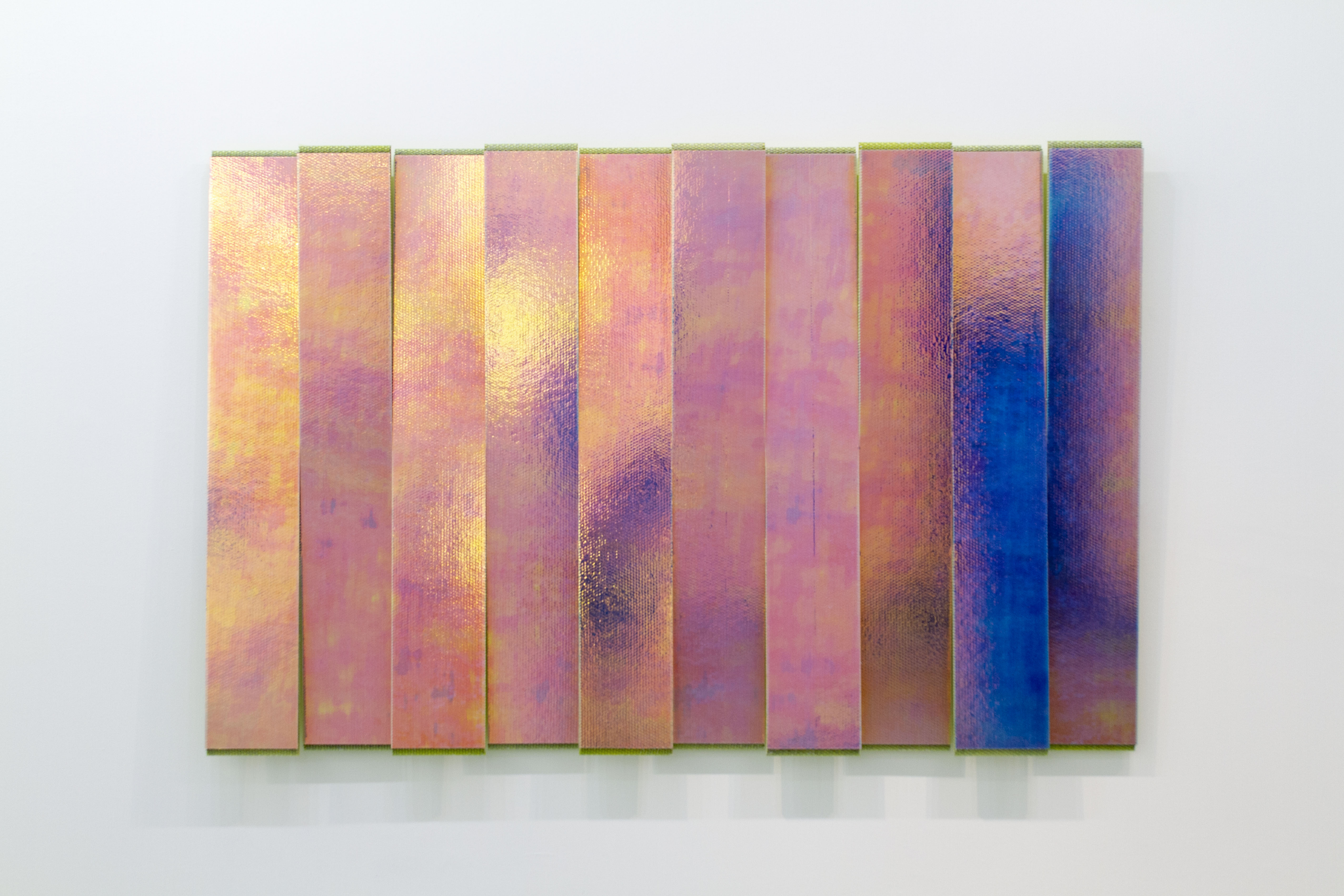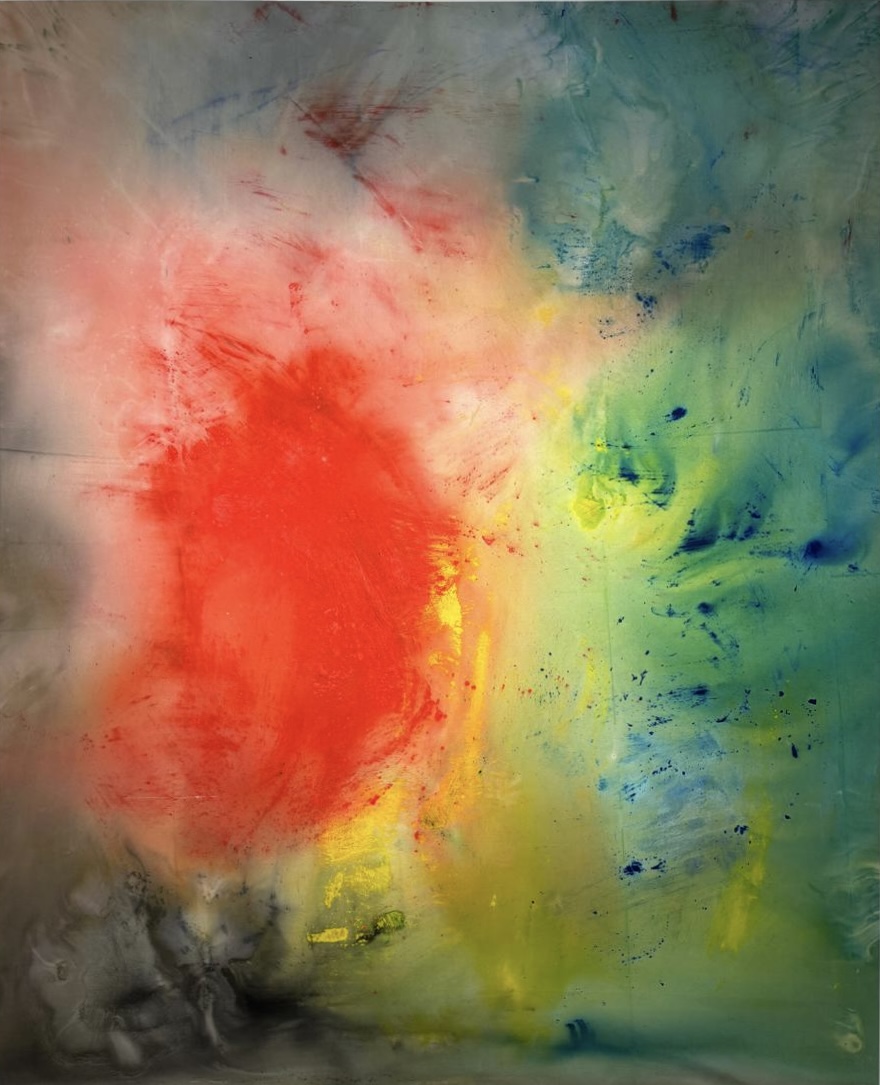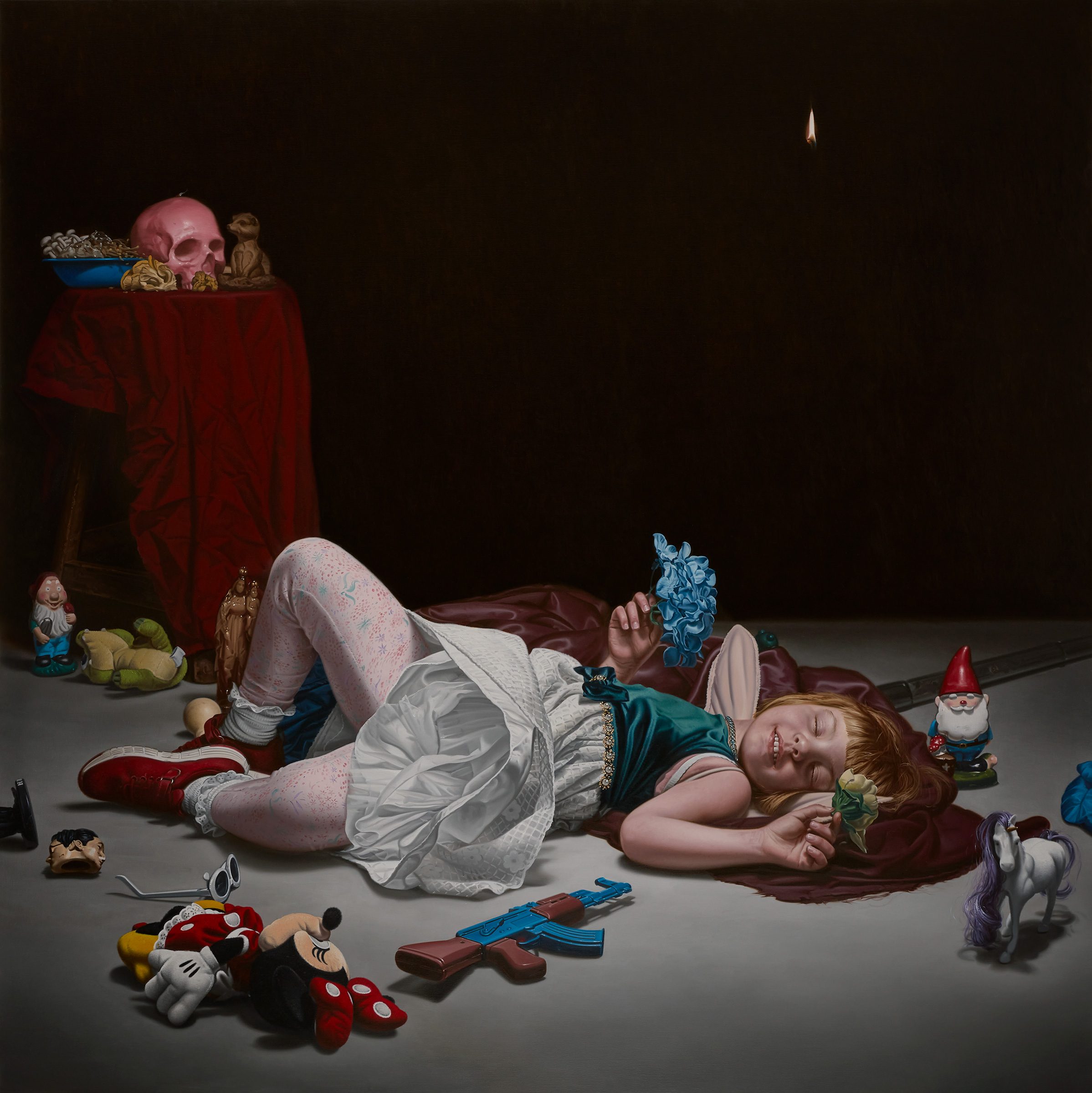F L A U N T

-modified.jpg)
Varvara Roza is a highly respected private art advisor and artist representative whose name has become synonymous with excellence on the London art scene. Her unwavering and infectious enthusiasm for promoting leading contemporary artists on the global stage is second to none, and, this autumn, she opens her own gallery in London’s St James’s with an impressive cabal of international talent. Originally hailing from Greece, Roza specializes in championing contemporary art from both established and mid-career international artists, and her roster features trans generational talent, including septuagenarian British abstract artist Winston Branch (OBE), the talented Jamaican-born artist Antony Daley, and, more recently, both the mystical American painter and sculptor Angelbert Metoyer and acclaimed British light artist Nathaniel Rackowe, among others. With a commitment to supporting artists who balance excellence in their chosen medium with cutting-edge concept, Varvara works closely with artists, collectors, institutions, and galleries alike, and is internationally recognized for her expertise in both fostering talent and sourcing unique masterpieces. Here, the passionate art enthusiast reveals the principles guiding her distinctive approach to the art market, and explains why integrity, transparency, and accountability are essential qualities that must be retained in all aspects of life.

What do you believe makes a truly great artist?
Well, I have a hunger for art that talks to the soul. Truly great art of any kind represents an exploration of the human condition, and I choose to collaborate only with artists who, in my view, channel that energy through their work. I am really only interested in these kinds of artists. I have no interest in art that is ironic or overly pretentious. In today’s market, there is, of course, an excessive emphasis on art as an investment rather than on its intrinsic value. Because of this paradigm, I am naturally drawn to artists whose creations embody a deeper spiritual dimension. For me, art is life. It is something that reminds us of the vagaries of human emotion, and both our strength and fragility. As such, facilitating an artist’s entry into a prestigious institution or securing a partnership with a leading gallery brings me immense personal satisfaction.
Do you think those traditional models are changing? Is it still important for an artist to be with a gallery?
I do believe that we are currently experiencing a profound transformation across all traditional models in every medium. This moment marks a pivotal point in history, filled with significant uncertainties. In the art market, particularly, numerous opportunists threaten artists financially, and there are as many pitfalls as there are wonderful opportunities. The market is, of course, broadening its scope beyond conventional geographical limits, seeing heightened involvement from Asia, Africa, and the Middle East, while digital platforms and online auctions are also enhancing accessibility to art, allowing buyers and sellers across various regions to interact and transact more easily. This new transactional dimension throws up considerable challenges, including, of course, bad actors, and the key to navigating these challenges lies in fostering a culture founded on transparency and trust. These principles extend far beyond the art world, and must be preserved at all costs. Ultimately, everything good in life hinges on remaining faithful to your core values and vision, and the best galleries do just that.
Which of your artists have you learned the most from?
Working with Winston Branch has been an enlightening experience. Throughout his career, Winston has created striking canvases that strike a balance between ethereal lightness and intense bursts of colour, where notions of presence and absence merge in an overwhelming fugue. Winston has immense dedication as an artist, and is a contemporary of David Hockney from their time at the Slade School of Fine Art in the 1960s. It is my on-going mission to ensure that his work receives the recognition it deserves, especially in these later stages of his career. Antony Daley is another artist I feel very passionate about. His extraordinary and wide-ranging knowledge spans classical literature, quantum physics, and modern poetry – all of which influence his vast abstract canvases.

What do you have upcoming? Have you taken on representation of any new artists?
Yes. It is an exciting time for me right now. This year and next, we are presenting exhibitions in London featuring several remarkable artists I have more recently affiliated with. These talented individuals include Nathaniel Rackowe, Hynek Martinec, Tom De Freston, and Angelbert Metoyer, an American abstract figurative painter who has very recently been honoured as Texas State Artist for 2025. Then there is the incredible mid-career British artist Paul Hodgson, who employs architectural blueprints and nostalgic promotional posters to examine underlying tensions between utopian spaces and the random nature of human behaviour. I am genuinely excited to collaborate with each of them equally, as all of them have something important to say. The first show will be with Nathaniel. He is already well known for his wonderful urban-inspired structures and light sculptures, which explore the interplay of light in the city, but we are going to be focusing on bringing those concerns into a gallery environment – zooming in on the emotive resonance in his work, which has become even more poignant since he overcame cancer in his personal life. We are also launching a new website designed to expand our artist roster through a 'spotlight' initiative. This platform highlights artists who, while not part of the core group at Varvara Roza, create work that aligns closely with our values and artistic vision.
Tell us more about the spotlight initiative …
Our first spotlight show this autumn features the Egyptian-Norwegian artist Britt Boutros Ghali, renowned for her contributions to action painting and colour field abstraction. Her captivating work is enigmatic, inviting viewers into a realm of imaginative freedom where interpretation knows no bounds. Britt has devoted her entire life to radical self-expression, creating emotive large-scale canvases that merge gestural abstraction and cultural resonance in a near-obsessive pursuit of beauty. She is really something! Her capacity to embody spontaneity and physicality in her work, and portray feminine strength through explosive layers of colour is quite incredible. Now in her 88th year, I believe she stands at the zenith of her creative powers, and this exhibition, which will be her first in London, offers a unique opportunity to honour her pioneering legacy, both as a formidable artist and a trailblazing woman in the arts. I mean, of course, women artists, including Surrealists and contemporary figures, are achieving new auction records, and gaining recognition, and this trend reflects a broader shift in the art world, but Britt was way ahead of the curve.
Would you say you are driven by passion before commerce?
I very much have a passion for art, and my representation of artists comes from a place of love, but I also believe artists should make money. The most important thing you can build in terms of representing artists is trust, and that is absolutely core to my values. I work with several leading museums, collectors and institutions in the acquisition of strategic artworks, and transparency and integrity is key in those relationships. I think authenticity should always be at the absolute core of everything you do. Authenticity is a much over-used phrase, but essentially it is about the choices we make every day – the choice to be real and honest, and treat other with the respect we all deserve.
